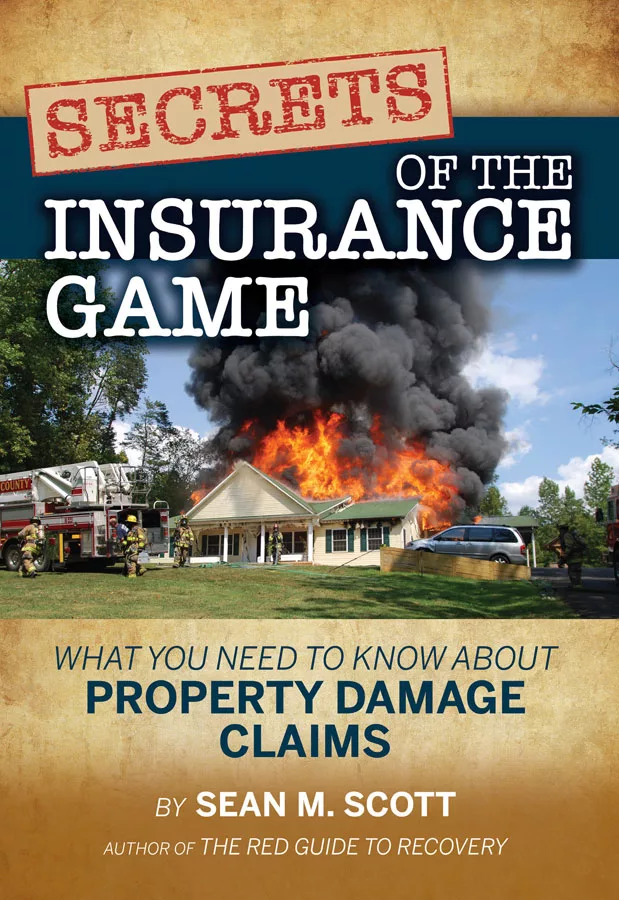Taking Control of the Structural Drying Process
Structural drying is a simple concept: Remove excess moisture from wet materials that make up the structure until it reaches a reasonable approximation of a dry standard or goal. Therefore, drying wet buildings involves removing trapped moisture in building materials (e.g. drywall, dimensional lumber, concrete, etc.).
The challenges take place in deciding what the end game, or drying goal, should be so that the affected structural material dries within an acceptable range, in a reasonable time frame and takes into account budgetary restrictions.
Much attention has been lavished on drying the air; however, in the water damage restoration industry, contractors are tasked with drying wet materials that make up the structure. Problems arise when the drying process is too slow, causing water to migrate to previously unaffected materials (secondary damage) or create conditions that are favorable to microbial amplification - the result being mold growth or moisture differences that cause wood to warp or swell. Moisture plays a critical role in the stability of the indoor environment. The IICRC S500 standard is relevant to every structural remediation job because it establishes procedures that make up the industry standard of care that water remediation contractors should follow when drying wet structures.
It is important to understand, especially for water damage restoration contractors, that in a conditioned structure, drastic seasonal variations occur in moisture content of structural materials and hidden spaces or voids are almost always present in structures. This is important because drying goals must take into account the dry standard for structural materials based on moisture content at the time of the water loss and contractors must locate structural voids in order to determine if there are factors (e.g. location, vapor barriers, permeability) which will have an impact on drying. In time I expect our industry will also be measuring water activity in order to establish that a building has actually been returned to a pre-loss condition and be able to rule out the growth of certain classes of microorganisms. The industry is already seeing an increasing trend towards the use Adenosine Triphosphate (ATP) testing to establish cleanliness levels.
The bulk of water in structural materials is usually held in horizontal surfaces (e.g., bottom plates, decking, subfloors and joists). Materials dry at a different rate depending on saturation levels and permeance or porosity. If the materials include dimensional lumber that has absorbed water over time, drying will be slower. Generally, the more porous the material, the more likely it will be that more moisture will have been absorbed. Evaporating moisture from wet structural materials is critical and drying should be accelerated using appropriate principles of restoration. Low vapor pressure, often created by hot dry air movement across the wet structural material surfaces, ensures that efficient drying will expedite the drying process. Care must be taken during the evaporation phase that water vapor molecules do not increase and create high relative humidity situations that create accumulation, or condensation, on structural surfaces.
There is no debating the fact that restorers today have a plethora of tools to dry wet structural materials (e.g., LGR dehumidifiers, thermal energy systems, desiccant dehumidifiers, negative and positive pressure systems, etc.). Given the competition among equipment manufacturers, testing facilities and new research, along with improvements in drying equipment, structural drying is reaching new levels of efficiency. The debate is what tool works best.
As a researcher and consultant, I became involved with the issue of drying structural materials to inhibit conditions that favor mold growth. I am struck by the large number of simple water claims that end up dealing with mold issues. Many mold issues are the result of delay in mitigating the water loss. I don’t understand why it takes so long to get a water remediation contractor out on a loss. There is nothing that would save carriers more claim dollars and homeowners more angst than for a restoration contractor to arrive at a water loss on the day the loss is discovered. Any delay in beginning the drying process increases costs and provides opportunity for microbial amplification.
Since Dr. Michael Berry wrote his book Protecting the Built Environment – Cleaning for Health, our industry has realized that we play an important role in preventing microbial amplification in buildings. Today’s contractor must not make the mistake of believing that processing a water damaged structure is simply extracting standing water and leaving air movers and dehumidifiers in the structure to dry it out. To properly dry structural materials, the contractor must understand how moisture content in structural materials is removed. Today the drying process is accomplished faster utilizing more efficient equipment than we used in the past. The older type conventional refrigerant dehumidifiers are less efficient than today’s LGR dehumidifiers. Contractors should understand that refrigerant dehumidifiers rated using AHAM conditions may not actually remove as much water as they are rated for when drying a wet structure with different conditions than those tested in a controlled test chamber (800F with 60% relative humidity for 24 hours)The key to successful structural drying is control of the drying process, including temperature of wet materials and air, humidity levels and air flow. Updating your education and modernizing your drying equipment are the way to best serve your customer.
Looking for a reprint of this article?
From high-res PDFs to custom plaques, order your copy today!





